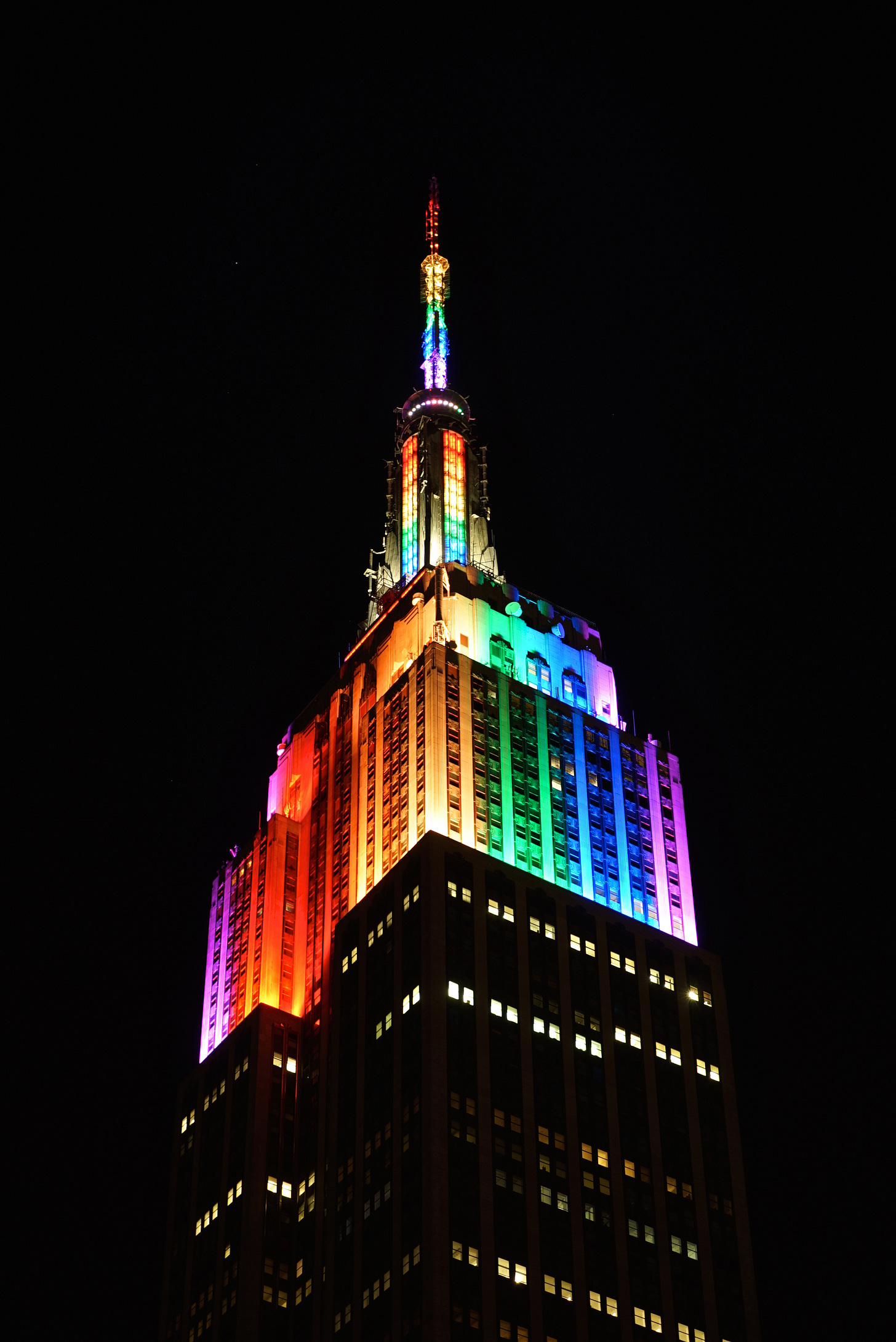Some folks have been asking about my thesis project and I’ve got to admit - most of what I’m working on is really…umm…how can I say this…not for the public…at least not yet (or ever). BUT…I am working on a rewrite of the essay that is below. In honor of Pride Month, I’ve decided to publish this essay in a few parts, as I revise and edit and rewrite - and I think I’m going to talk about the process on the Tiny Violences Podcast. Maybe I'll invite a friend. Thanks for those who listened last week BTW, really appreciate y’all. I’m debating on putting the next parts behind a paywall (for my own personal comfort) for those who are truly curious or/and supportive of my longer form writing…we’ll see.
Summertime in the city is a season I welcome, not only because of the moist air and excuse for public drunkenness, but for its palpable queer energy. June, the month to commemorate Marsha P. Johnson, Sylvia Rivera and (the butch icon:) Stormé DeLarverie, alongside the countless others who rebelled against the constraints on their queer bodies at Stonewall inn. I would not learn of the political implications of this festive time of year until much later in my life. Their pride and struggle permeate the atmosphere, especially in The Village, the swaths of land below Manhattan’s 14th street stretching from east to west and bordered by Houston Street. I walked these streets often. Sometimes alone, sometimes in a bawdy raucous bunch, mostly with my best friend, but first with my mother, my sister; my family. I am a compulsive homebody, enjoying hours spent lounging in front of the TV or nuzzled with a book, or sitting in silence staring out into the recesses of my imagination, daydreaming, or obsessing. But New York City able-bodied-ness often makes the compelling argument for being outside.
That last Sunday in June, as a youth, I would stare out the window looking at the Empire State building clad in a lighted iteration of ROYGBIV. When she would return from her church service, I would listen to my mother rejoice in the spectacle of all the queens parading themselves west, from our Alphabet City neighborhood, towards the epicenter of it all. The excitement she felt burst through her smile as she disrobed from her stately skirt and blouse or sleeveless midi dress – her beautiful and ornate hat coming off first. She never mentioned women like our neighbor or my godmother, both lesbians, both masculine presenting. She never regaled me with stories of time spent with my aunt, her older sister, a lesbian, during this most festive time a year. She never mentioned women at all.
The word “pride” would flash across a lower third, in the blur of an evening news feel good segment, showing floats from what I couldn’t quite understand as Pride. Sometimes a news anchor on the street would talk to some folks on the sidelines, I never listened, never took it seriously, didn’t understand that it was for me. It wasn’t until high school that I met girls my age who presented in such a way to signal their desires for something other than the boys – that I learned I could too. It was outside, during the summer months, unencumbered and free from the responsibilities of school or the mild threat of curfew that I found my way towards The Pier.
When I was a high school kid, the westside highway was undergoing a major gentrification project that transformed the former ports, housed an active community of queer and trans sex workers, homeless youth, legendary ballroom houses and the motley, like myself. Even still, without the square footage of pier space jutting out into the water – there was always a scene to be witnessed, a date to be had, a clandestine meet up to be arranged. A femme chick, who’s name I cannot remember but whose heart shaped brown face and flowing doobie wrap I’ll never forget, ushered me down to these streets. She was a lesbian, a Femme, with delicate features, small hands with the comportment (I’ll come to learn later on from her ex) of a pillow princess. I wanted everything she had. She was beautiful, openly queer, in-the-mix and that earned her a lot of attention.
Keep reading with a 7-day free trial
Subscribe to Tiny Violences to keep reading this post and get 7 days of free access to the full post archives.






